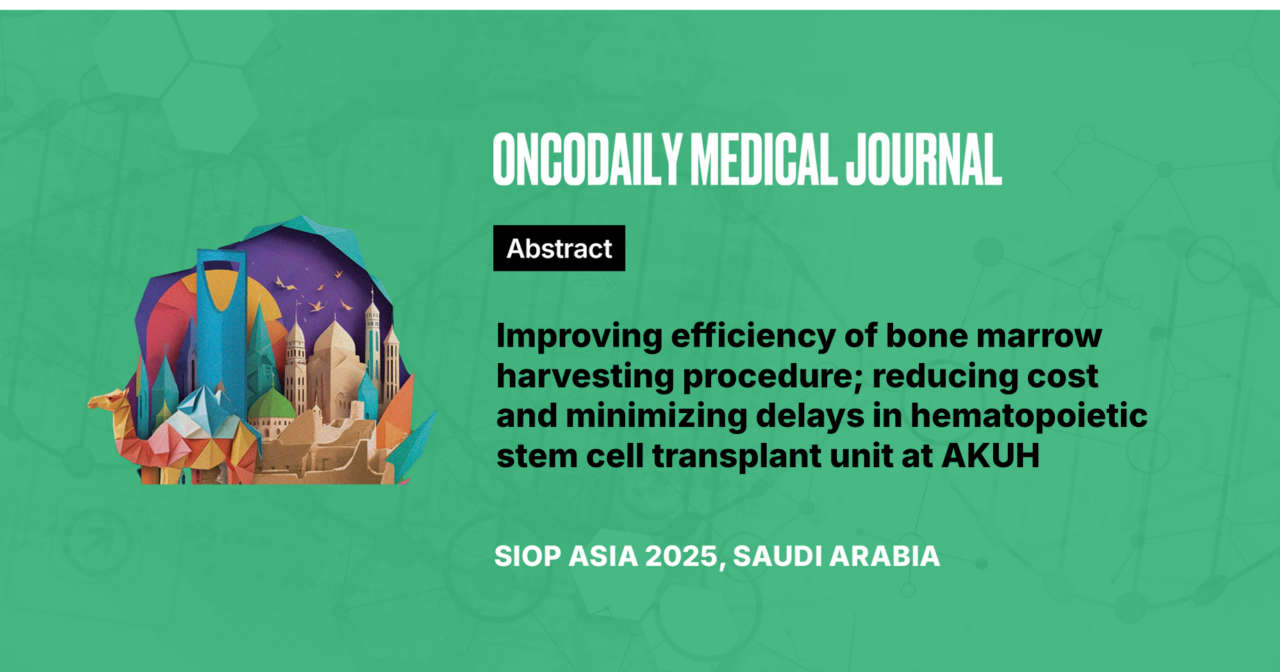Abstract
Introduction: Bone marrow harvesting from the donor is an essential procedure in hematopoietic stem cell transplantation. This was performed by using specialized Fresenius bone marrow kits, procured internationally . This caused high costs and delays in the transplant. A quality improvement initiative was planned by exploring practices at established transplant centers.
The project aims to minimize delays in transplant by less than 4 weeks and reduce cost by 50% during bone marrow harvest procedure
Methodology: The PDSA cycle was used for the QI project. High cost and delay in transplant identified as a barrier to improve patient care. Information was collected regarding practices at other centers. A goal of 50% was established for cost reduction in the harvest procedure with a reduction in delay by 4 weeks. A delay in transplant of 4 weeks was measured due to unavailability of harvest bags. A cost estimation of the harvest bag was conducted and compared against a regular red cell collection bag (PKR 259, 622 versus PKR 1600/ bag) . A Pediatric transplant physician and nurse visit was conducted to learn the alternate procedure. A simulated collection of harvest was performed, with new techniques implemented in a phase out manner.
Viability of CD34 counts was tested in the new red cell bag during the intervention phase. Lack of delay time established since bags are always available in the blood bank. Difference in cost between previous and current bag measured.
Due to findings of cost reduction and lack of effect in viability of CD34 counts of harvested cells, new practice was immediately institutionalized. Standard operating procedures were written and added to the BMT Manual.
Results: The donor average cost reduction in overall bill is 43.4%.
Conclusion: The practice was implemented since both patient care and quality improved without requiring significant resources.





